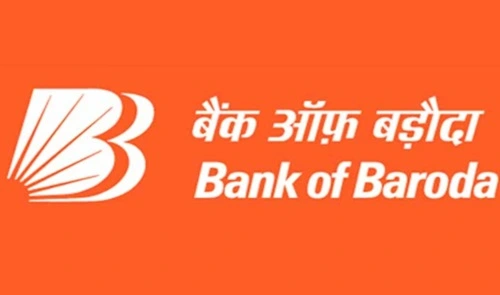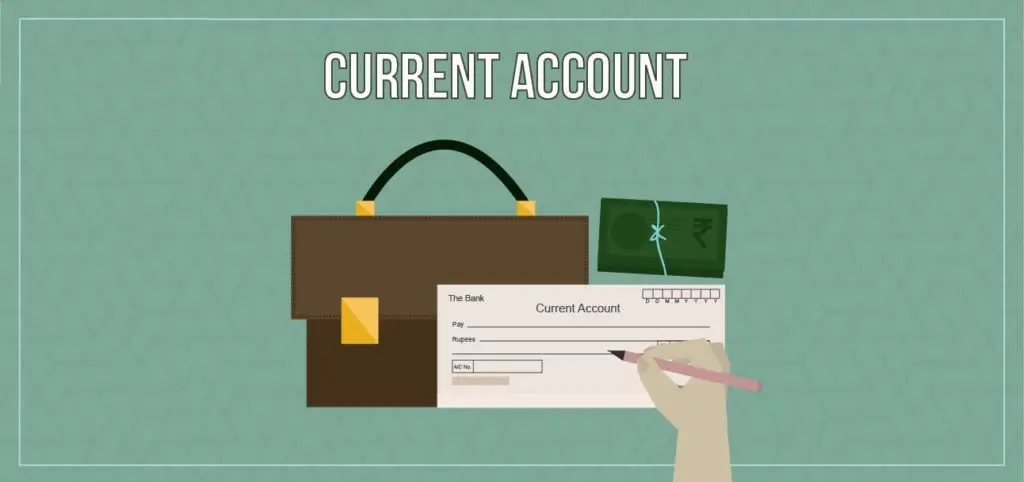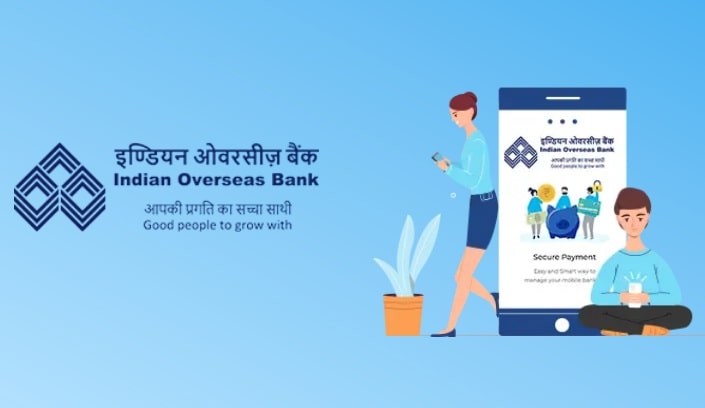Gone are the days when technological advancements were only limited to the urban areas of India. Thanks to the initiatives from the Government of India, banks and other financial institutions, the economic gap between rural and urban India has been reduced significantly. The sight of a QR code outside the local grocery store at the rural market is no longer a rarity.a
One of the major reasons behind this exponential rise in digital banking, in general, has been the introduction of smartphones in the market. As per a certain study, mobile phone penetration, which was expected to be 54% in 2020, is slowly heading toward 96% by 2040.
Understandably, this has made life easier for the rural population, especially those living in the remote areas by ensuring greater access to financial services. Thus, a farmer living in a remote area doesn’t have to travel long distances in search of a branch for his banking needs. This has also significantly brought down the cost of accessing financial services for the vast majority of the rural population. The availability of ATMs and branches can be quite difficult in rural areas. Thanks to internet banking, a simple tap of the mobile screen is enough to conduct bill payments, money transfers, creation of a bank account and so on.
The security provided by digital banking platforms is crucial for residents of rural areas, where the risk of theft is higher, and individuals may hesitate to carry substantial amounts of cash while visiting branches. By utilizing digital banking, people can conduct transactions with confidence, knowing that they do not have to physically carry large sums of money. Through the implementation of encryption and other security protocols, digital banking platforms safeguard user information and prevent fraudulent activities, reassuring those in rural areas who engage in financial transactions.
Another reason why digital banking is becoming popular in rural India is because of how fast it is. Traditional banking is time-consuming, with payments often taking days to be completed. This makes life difficult for the daily wage laborers. That’s why people in rural India prefer faster digital payments since it makes them feel more secure about their transactions.
Some might argue that digital banking is heavily dependent on internet connectivity, which can be patchy in rural areas. However, courtesy of the Reserve Bank of India’s Interactive Voice Response (IVR)- based Unified Payment Interface (UPI), ‘UPI123pay’, payments are possible even without a smartphone or an internet connection. To utilize this service, all that’s required of the users is to give a missed call to the IVR number already set by the merchant and displayed on the counter. They will then be prompted to enter their UPI PIN.
Another smart solution to patchy networks is the ‘SMS PAY’ feature that has been introduced by some banks and fintech companies. By means of this process, a link for payment is transmitted to the customer’s mobile number, which enables them to make a direct payment to the merchant’s bank account.
To conclude, the trend among people to embrace the new wave of digital banking was largely facilitated by the advent of the coronavirus pandemic in 2020. With cities going under lockdowns, people had no option but to go about their usual business from the confines of their homes. While the cities were the ones that were affected the most, rural India too has been reaping the benefits of digital banking ever since. With financial institutions like Karnataka Bank offering a slew of digital services like net banking facility to its customers, it’s safe to say that the future of banking is digital.















